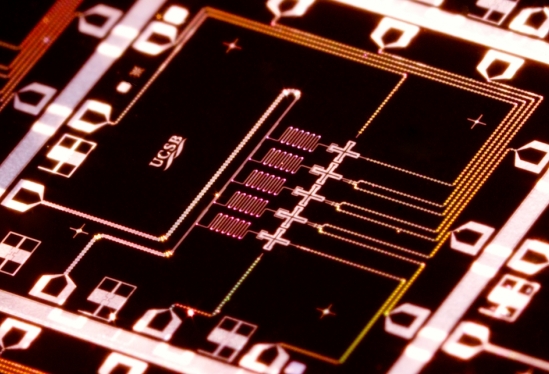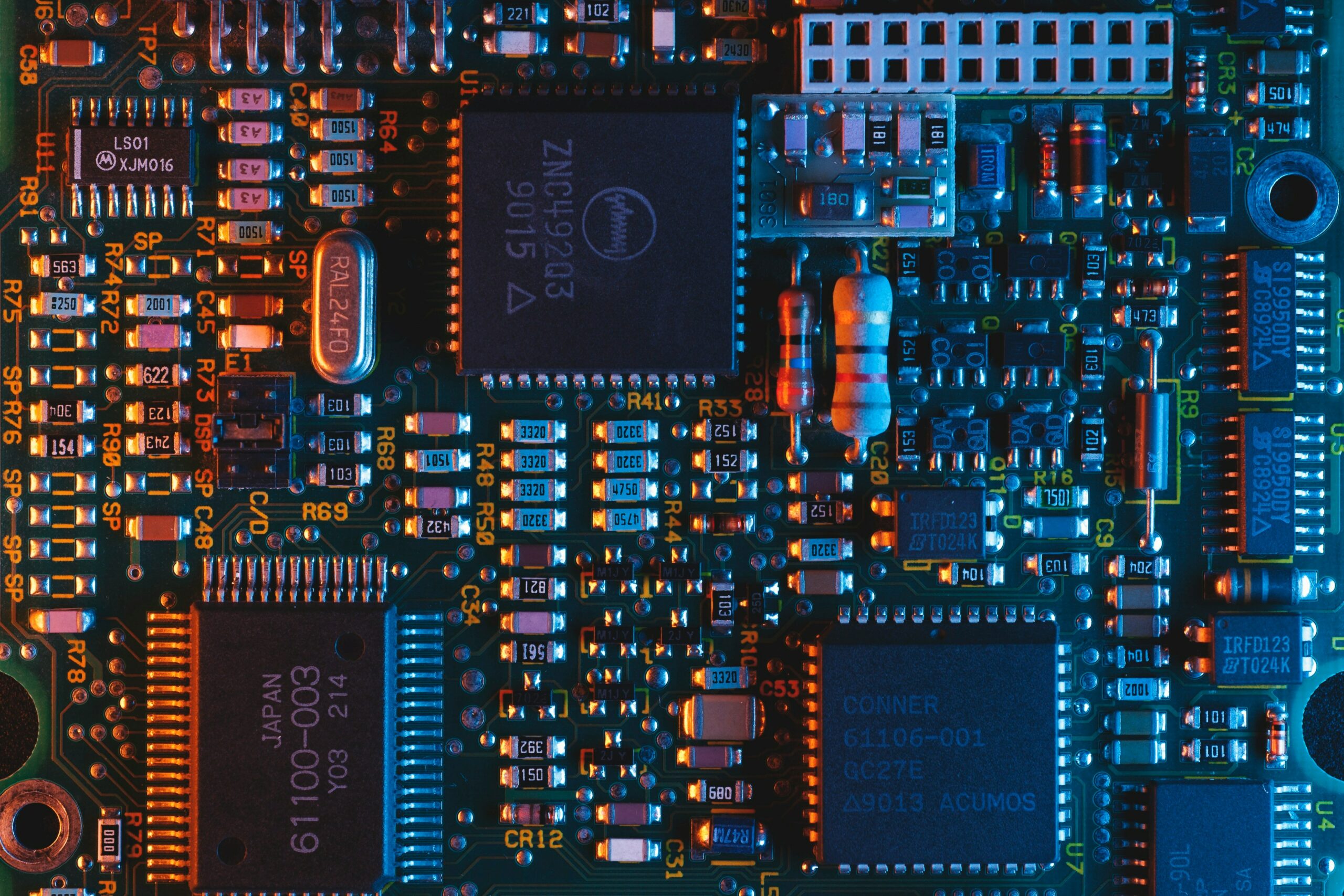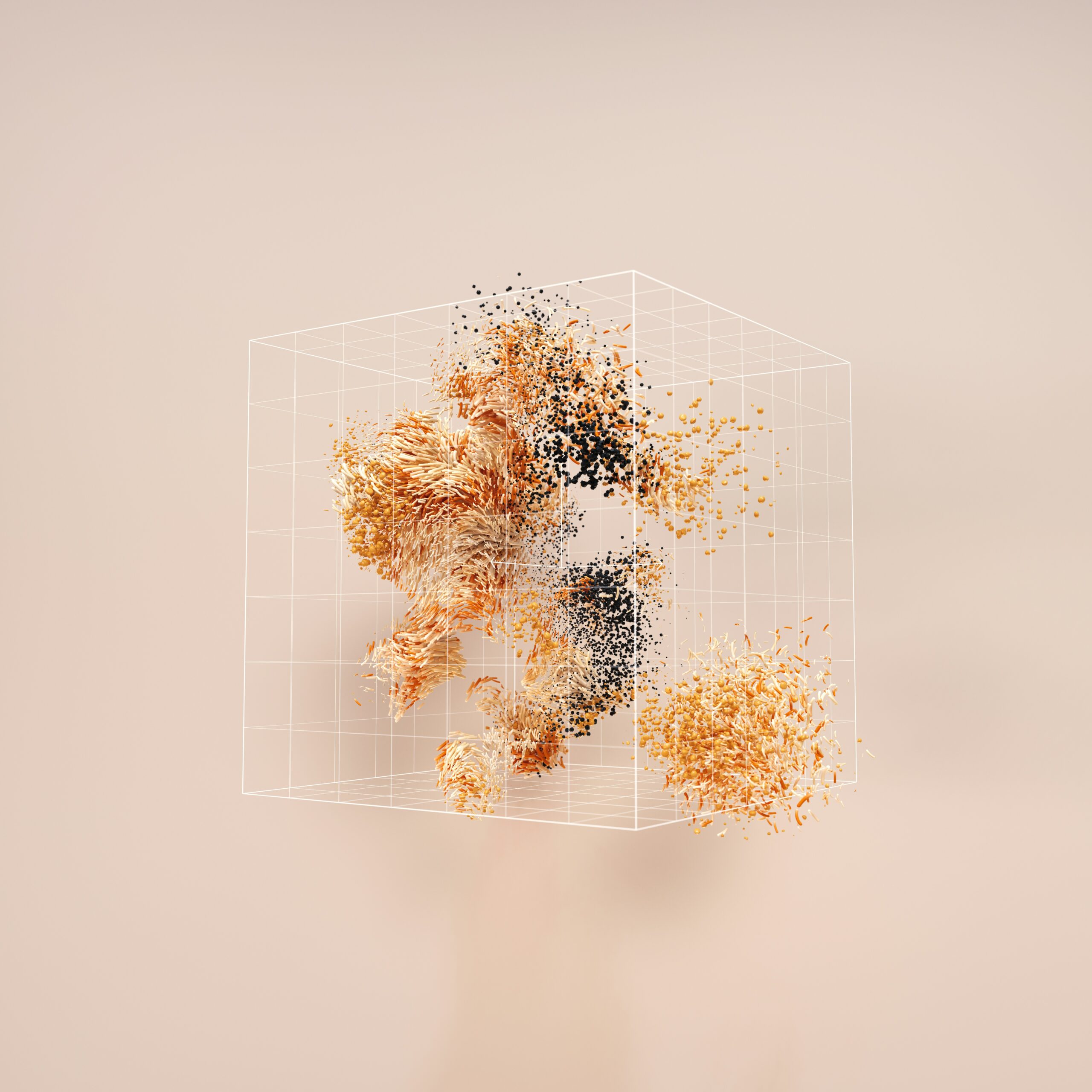Presently the quantum computers that have been developed are prone to noise. This noise might rise among the qubits due to many environmental conditions. Mostly high temperature and resistance. However, if the qubits were noise-free then a quantum computer with only 100 qubits might have the strength to outsmart a classical computer containing trillions of transistors in terms of computational advantage in multiple fields.
There are two ruling ways to create an efficient qubit. First, to create a noiseless environment. Second, to manufacture qubits that are immune to noise. Though scientists are mainly focusing on ensuring the former condition, many researchers are also going on to model noise immune qubits.
What are Topological Particles?
The amount of physical qubits that work together to create equivalent or closer results as if there were no noise in a stack is called logical qubits. Theoretically, the picture of an ideal quantum computer is such that each and every physical qubit can work as a logical one. Recently, researchers are trying to create qubits with ‘topological’ particles. These special types of particles are non-abelian anyons meaning they are not characterized by polarization or spin. Rather they’re characterized by topology – how the anyons are connected with each other. The connection between one anyon and another results in a brilliant property of particle braiding that can be used to create logical qubits.
Why Topological Qubits are better?
The idea of topological quantum computer was first proposed by Russian-American physicist Alexei Kitaev in 1997. The braiding between these non abelian particles is so strong that any are immune to noise and they can ideally act as a logical qubit unlike other particles whose polarization or spin states are very sensitive to temperature. Since the particles showing topological characteristics will be used in quantum computers as qubits, these quantum computers have been attributed as topological quantum computers. In case of these qubits, the order in which they will be stacked will matter as ‘braid’ structure among the particles play the main role in make qubits immune to noise by creating strong entanglement. Nonetheless, using this qubit will help in getting advantage for solving computational problems with high accuracy.
Anyons as Topological Qubits?
Anyons are quasi particles in two dimensional space and they are neither fermions nor bosons. As they cannot occupy the same state, their world lines remain unmerged resulting in a creating stable paths of braids. When anyons are braided, the transformation of the quantum state of the system only depends on the topological braid and that is why, quantum information that is stored in the system is impervious to small errors in the trajectories. This certain character provides the anyons to become immune to noise as qubits and provides more physical advantage being a single physical qubit as a logical one. Bob Willett, a scientist at Bell Labs in Murray Hill, N.J. has reported- the anyons can form from excitations in a cold, two-dimensional electron gas in a very strong magnetic field, and carry fractional units of magnetic flux. This phenomenon is called the fractional quantum Hall effect. In typical laboratory systems, the electron gas occupies a thin semiconducting layer sandwiched between layers of aluminum gallium arsenide. This observation explains that anyons interacting with magnetic fields has the potential to help in manufacturing different qubit states along with calibration of quantum gates.
Why Majorana?
The inception of the idea to manipulate majorana particles (a type of anyon) is a huge leap in this field. Majorana particles are the type of particles which are their own antiparticles. Specifically, scientists are interested in using majorana fermions as qubits. This type of particles are not observed naturally, but in condensed matter physics, bound majorana fermions might appear as quasi particles- the collective movement of several individual particles, not a single one. They are governed by non-abelian statistics. The zero mode (The zero mode here refers to the zero-energy mid gap excitations that characterize these quasiparticles) in super conducting quasi particle dictates that as it falls in the category of zero mode defect, that means, majorana particles form a topological braiding like that of anyons. These braiding of certain particles are so strong that they are invariant in presence of noise. Therefore, majorana particles are quite good in maintaining their entanglement state (longer decoherence time), where this entanglement property arises from the braid of individual particles.
Quasi in Reality?
Recently, some researchers claimed to create stable majorana particles in the lab, but those research papers from different journals were taken back due to scrutiny of controversial experimental design. The quantum researchers at Microsoft are willing to take risk for building quantum computers using the majorana particles that are non abelian anyons. The recent researches in Microsoft are focused on encoding the anyons as qubits but the firm also hopes to study on more characteristics of the quasi particles before committing to manufacture qubits on the basis of topological braid. However, the scientific community is a bit skeptical about the presence of these anyons, which is quite risky considering whether it will be advantageous to build qubits based on these particles without getting their trace in nature. For the better understanding and creation of new technology this risk is worthwhile as it promises qubits without noise. More quantum computing start up companies are interested in investing this technology comprehending that topological particles have the hidden potential to revolutionize this emerging field.
Conclusion
According to John Preskill, a professor of theoretical physics and director of the Institute for Quantum Information and Matter at the California Institute of Technology, “From a theorist’s perspective, topological quantum computing is the most elegant way to achieving robust quantum computation.” Theoretically this field is a rich one and its just a matter of time before technology can revolutionize in order to manufacture these qubits. Let us, for now, keep our fingers crossed and hope to get amazed once topological quantum computers become reality.







